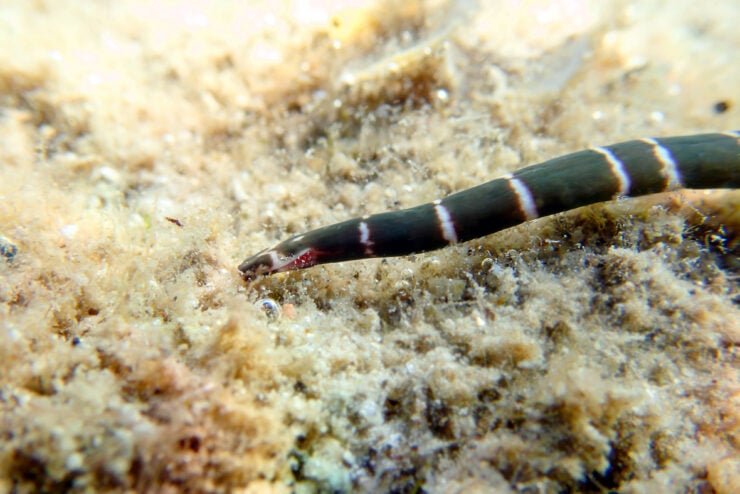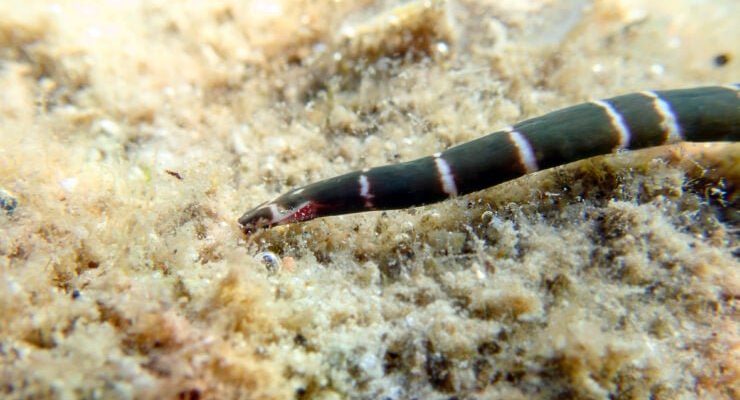
When I first heard about ribbon worms, I pictured them as the ultimate survivors, slithering their way through different aquatic worlds. It turns out, the habitat of ribbon worms is a little more specific than I’d expected. So, let’s untangle the mystery of whether ribbon worms really venture into freshwater locations or if they strictly stick to the salty sea.
What Are Ribbon Worms?
Ribbon worms, also known as nemerteans, are long, soft-bodied worms that can stretch out to impressive lengths—some up to several feet! Imagine a flat noodle, undulating gracefully through the water. They have a unique body structure that allows them to glide effortlessly through their environment. Ribbon worms belong to the phylum Nemertea and are mostly found in marine environments.
These worms have a fascinating feature: a long, retractable proboscis, which they can shoot out to catch their prey, usually small invertebrates. It’s similar to a magician pulling a rabbit out of a hat, but much squirmier!
What’s even cooler is that ribbon worms come in a variety of colors and patterns. Some are vibrant shades of pink, while others can be more muted. They add a touch of natural artistry to their surroundings.
Habitat Preferences of Ribbon Worms
You might be wondering where ribbon worms feel most at home. Generally, these creatures thrive in marine environments, such as sandy or muddy substrates along coastlines and estuaries. Think of them as beachcombers, preferring the salty embrace of the ocean.
Here’s the thing: ribbon worms are sensitive to changes in their environment. They need specific conditions, like salinity and temperature, that are typically found in saltwater. If you take them out of their salty settings, they struggle to survive.
While there have been occasional reports of ribbon worms in brackish waters (where freshwater and saltwater mix), true freshwater habitats don’t usually support them. If you picture a delicate balance, that’s exactly what they need. Too much freshwater, and those delicate, squishy bodies simply don’t make the cut.
Freshwater vs. Marine Environments
Let’s dive a bit deeper into the differences between freshwater and marine environments. Freshwater bodies, like rivers and lakes, generally have much lower salinity levels compared to oceans. This makes them an entirely different world for aquatic life.
Here’s how freshwater conditions differ from marine ones:
- Salinity: Freshwater has a salt content of less than 0.5%, while marine water can contain about 3.5% salt.
- Temperature: Freshwater bodies can fluctuate more in temperature, while oceans tend to have more stable temperatures.
- Vegetation: Freshwater often supports different types of plant life, which may not thrive in salty waters.
Considering these differences, it’s clear why ribbon worms prefer marine settings. They’ve evolved to fit the salty conditions of the sea, and switching to freshwater is like trying to make a fish climb a tree – it just doesn’t work well!
Are There Freshwater Species Similar to Ribbon Worms?
Even if ribbon worms aren’t native to freshwater, you might be curious if there are similar creatures in those waters. The answer is yes! There are several types of worms in freshwater that share characteristics with ribbon worms but belong to different groups.
For example, **oligochaetes** are a common type of freshwater worm. They might not have that cool retractable proboscis, but they play vital roles in their ecosystems, much like ribbon worms do in the ocean.
Another example is the **freshwater polychaete**, which has a segmented body and is typically found in brackish environments. Think of them as distant cousins to ribbon worms, sharing some features but living in a completely different setting.
But here’s the kicker: while all these worms are fascinating, their adaptations and habitats vary significantly. So while you won’t find ribbon worms swimming in your local pond, you certainly can find other interesting worm species there.
Potential for Ribbon Worms in Freshwater Ecosystems
Now, let’s entertain the idea: what if ribbon worms could adapt to freshwater? It’s a fun thought, but adaptation isn’t an overnight process. Evolution takes time, and changing from a marine to a freshwater lifestyle would likely require significant genetic shifts.
But why is this important? Understanding where ribbon worms thrive helps us appreciate the delicate balance of marine ecosystems. If these worms were ever introduced into freshwater systems, it could lead to unexpected consequences. They might outcompete native species for food, just like a new player coming into a game and stealing the spotlight.
So, even though it’s a fun idea to imagine ribbon worms as freshwater adventurers, maintaining the integrity of both habitats is crucial.
In summary, ribbon worms are primarily marine animals that thrive in salty environments. While they can sometimes be found in brackish waters, true freshwater habitats are not suitable for them. They’ve adapted beautifully to their oceanic surroundings with unique features, like their impressive proboscis.
Exploring the underwater world of ribbon worms offers us a glimpse into the amazing diversity of life on Earth. By understanding their habitat preferences, we gain insight into the need for ecological balance. So, the next time you find yourself at the beach, maybe take a moment to appreciate the slimy little ribbon worms hiding just beneath the sand. They might not be swimming in your local lake, but they certainly bring a splash of intrigue to our oceans!

